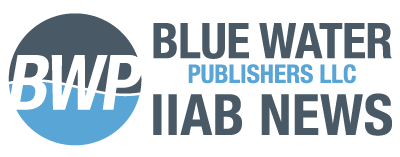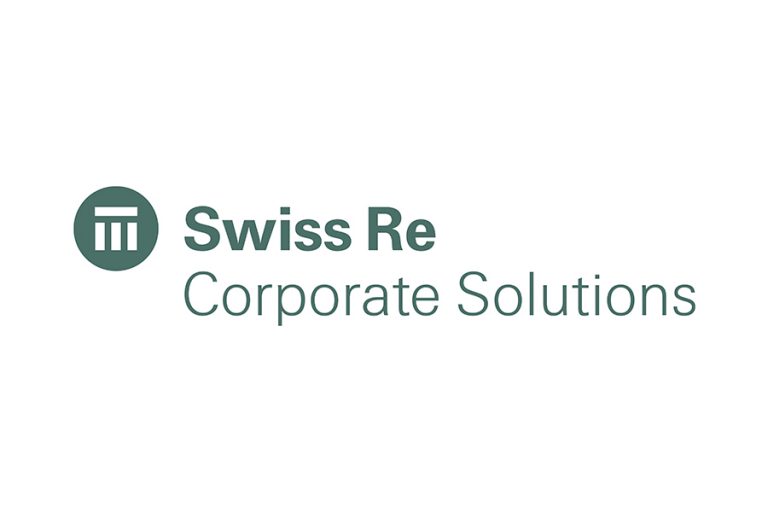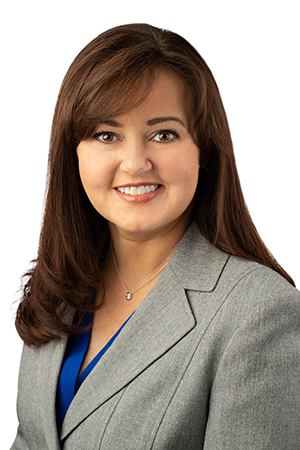SPRINGFIELD, Va. – A Channel Harvest Research survey of U.S. independent insurance agencies reveals about half expect to make no permanent transition to working at home when the pandemic is over, and all staff would return to the office.
However, 27% said at least some staff would continue to work from home, and 10% said that all employees would work at home. About 13% said they weren’t yet sure what they would do.
Each year, Channel Harvest conducts an extensive survey of thousands of independent agents around the U.S., and recently published its 2020 report. Its first pandemic-related instant poll was conducted April 15-16, with the latest May 20-21. Some 200 agents responded to each.
When combining those who say they’re going back to the office along with those who aren’t sure, the result is that 63% of agents say they have no firm plans to continue remote work once the pandemic is over, noted John Campbell, Channel Harvest principal. “And that’s probably an underestimate, as people tend to overestimate their ability and willingness to change things,” he said.
Morale Holding Up
In a follow-up to the April poll, agents were asked to rate the overall feeling and morale among their workforce on a scale of 0 (terrible) to 10 (wonderful).
Just 7% reported low morale (0-3 on the scale), down from 9% a month ago. And 38% said average (4-6), which is unchanged. Some 55% said morale is good (7-10), up slightly from last month. “Morale is holding, and agents generally are looking forward to a return to normal, rather than a new normal,” said Campbell.
Revenue Shifts
About half of respondents reported their agency revenue has dropped since the crisis started in early March, Channel Harvest found. This is an increase from the April survey, where 41% had reported a decrease.
On the other hand, 17% said they have posted increased revenue during the crisis, up from 10% in the April survey.
Life at Home
Many agents offered their opinions of working at home, and those who pre-planned for remote work were grateful they had prepared ahead of time with technology, phone systems and workflows. Here are some related comments:
- “I had changed to a work-at-home status several years ago. We are able to perform all of our duties via phone, email, video conference or, meeting at their home/office just as well as in our own office.”
- “We have learned a lot — will come through this with new skills.”
- “Working from home has been a dream! I have no desire to return to the office. I would prefer to continue working in the privacy and safety of my own home.”
- “Our agency did a test run on the virtual office concept in 2011. The best thing about this crisis is that 98% of all our mail is now received by email, whereas back in 2011 it was 75%. Now it’s possible to not have a physical office to process the incoming mail. We can drop mail in the working folders and allow staff to pick out their clients to process.”
- “My agency embraces technology and supports their employees. We were very proactively sent home with our computers and phones, to start working at home. It was seamless — I have worked at other agencies. This is by far the most impressive one, from leadership, management and our tech support. The clients do not even know we are working from home when they call in for something.”
- “I’ve been working from home full-time since our state stay-at-home order. We now have the possibility to work from home full time and our company can look for a smaller space when the lease is up. I have felt less stressed and my quality of life has improved. I miss my work family but we stay in touch and continue to keep our culture.”
- “Remote officing works! Agencies better get behind this or risk losing their employees to agencies that do!”
- On the other hand, some respondents say they will be happy to return to the agency office:
- “It has been hard to stay out of the office and not personally see our clients. We have a relationship with most of them and feel not being there personally is not right. We have two staff members who have been going into the office and only using the lobby for contact. No one is going back to the offices. We are a very friendly group and this has been a real change for us.”
- “Now that we are back in the office partially, we are seeing a better flow. People are happier now.”
- “It will be a fight to get everyone back to the office. My goal is to start with volunteers after Labor Day and have everyone here by 12/31. But I suspect some like being at home and do not want to return. Some will be afraid to return.”
Some respondents also commented on revenue issues:
- “The most difficult issue is generation of leads/new business opportunities. It has seemed insensitive to consider calling on owners who have had to deal with employee safety, devastating economic impact, and employee retention these past months.”
- “I feel sales will increase … once clients feel somewhat comfortable with virus and another increase does not happen. If a second wave occurs it will be devastating for many people.”
About Channel Harvest Research: Each year, Channel Harvest pulses independent insurance agents in a syndicated, quantitative survey to ask 1) what they’re looking for in a carrier relationship, 2) how their carriers are performing against those preferences, and 3) their views on important issues in the insurance marketplace. Thousands of agents across the U.S. are invited to complete the survey via email solicitations from Channel Harvest and from participating insurance carriers. For information about the 2020 survey report, contact John Novaria, Channel Harvest’s industry relations director, at john@Aartrijk.com.










